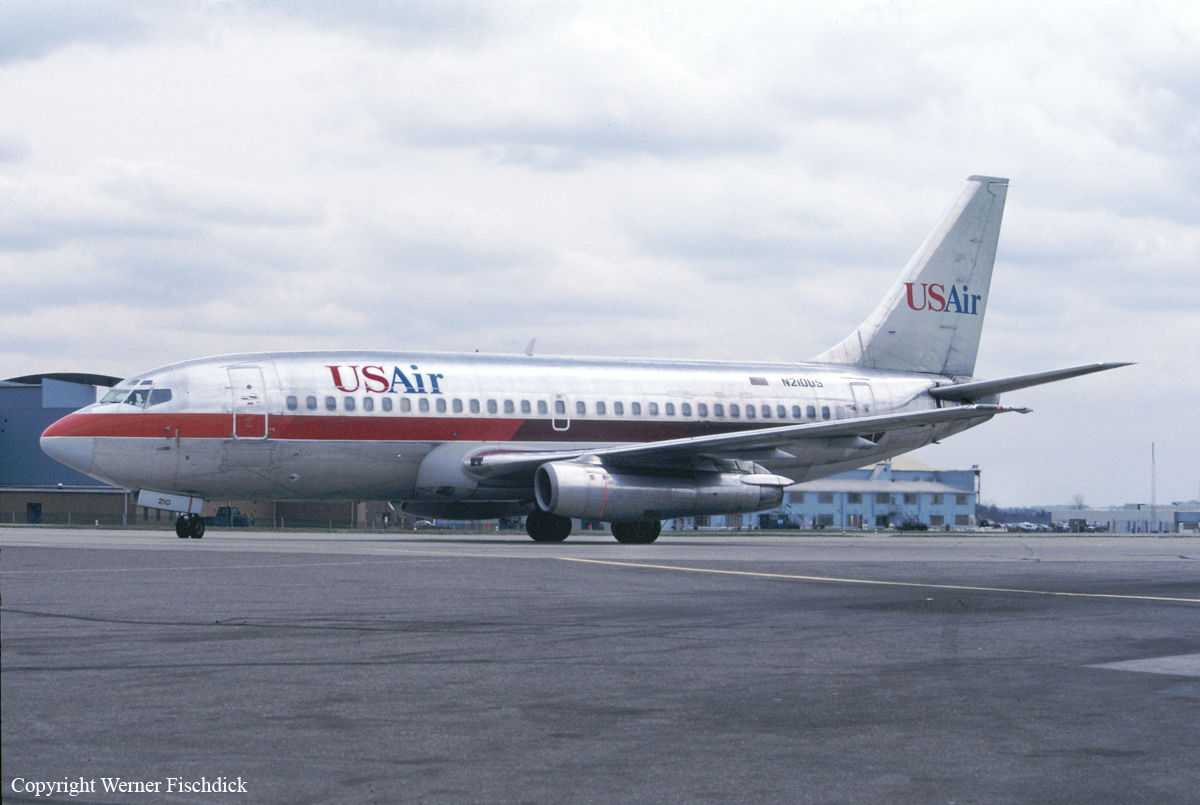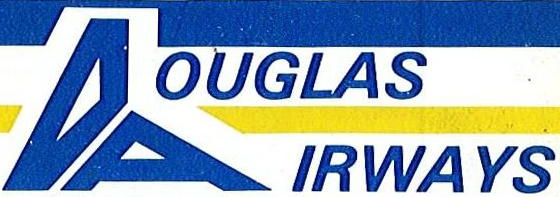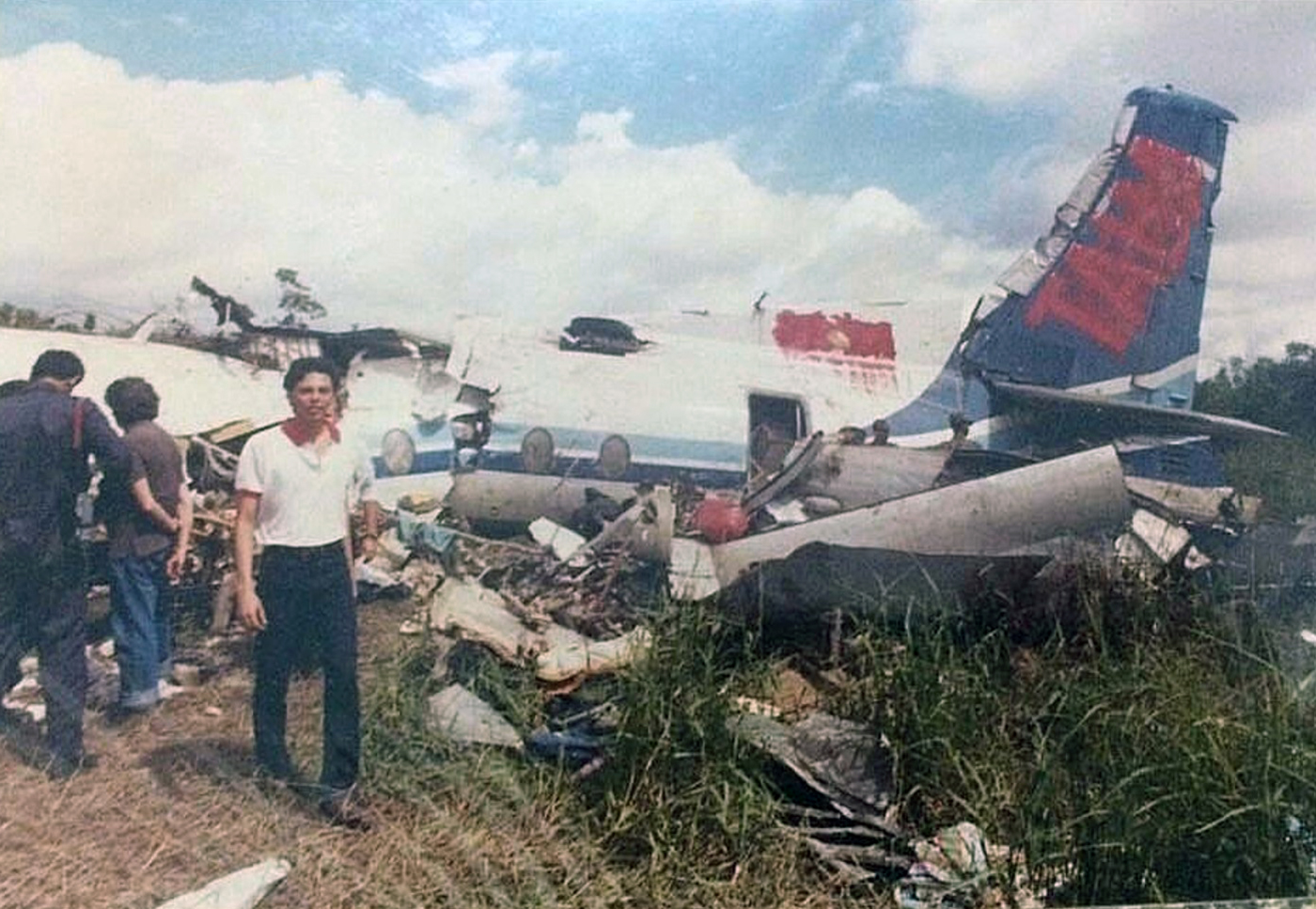Crash of a Piper PA-31-325 Navajo C/R in Kaltag: 3 killed
Date & Time:
Sep 3, 1990 at 1520 LT
Registration:
N59783
Survivors:
Yes
Schedule:
Nulato - Kaltag
MSN:
31-7612024
YOM:
1976
Crew on board:
1
Crew fatalities:
Pax on board:
9
Pax fatalities:
Other fatalities:
Total fatalities:
3
Captain / Total hours on type:
500.00
Circumstances:
The pilot reported that the #2 engine began to lose power as he was flying under a low overcast and about 500 feet above the Yukon River. Subsequently, the airplane descended and the fuselage and left propeller contacted the water. With these problems and decreasing visibility ahead, the pilot elected to make a 180° turn. He said that about midway through the turn, the #2 engine lost all power. The airplane then crashed into trees and was destroyed by a post-impact fire. No reason was found for either engine to lose power before water or tree contact.
Probable cause:
Failure of the pilot to maintain adequate altitude after becoming distracted with an engine problem. Factors related to the accident were: loss of power in the #2 engine for an unknown reason and the low overcast condition.
Final Report:











